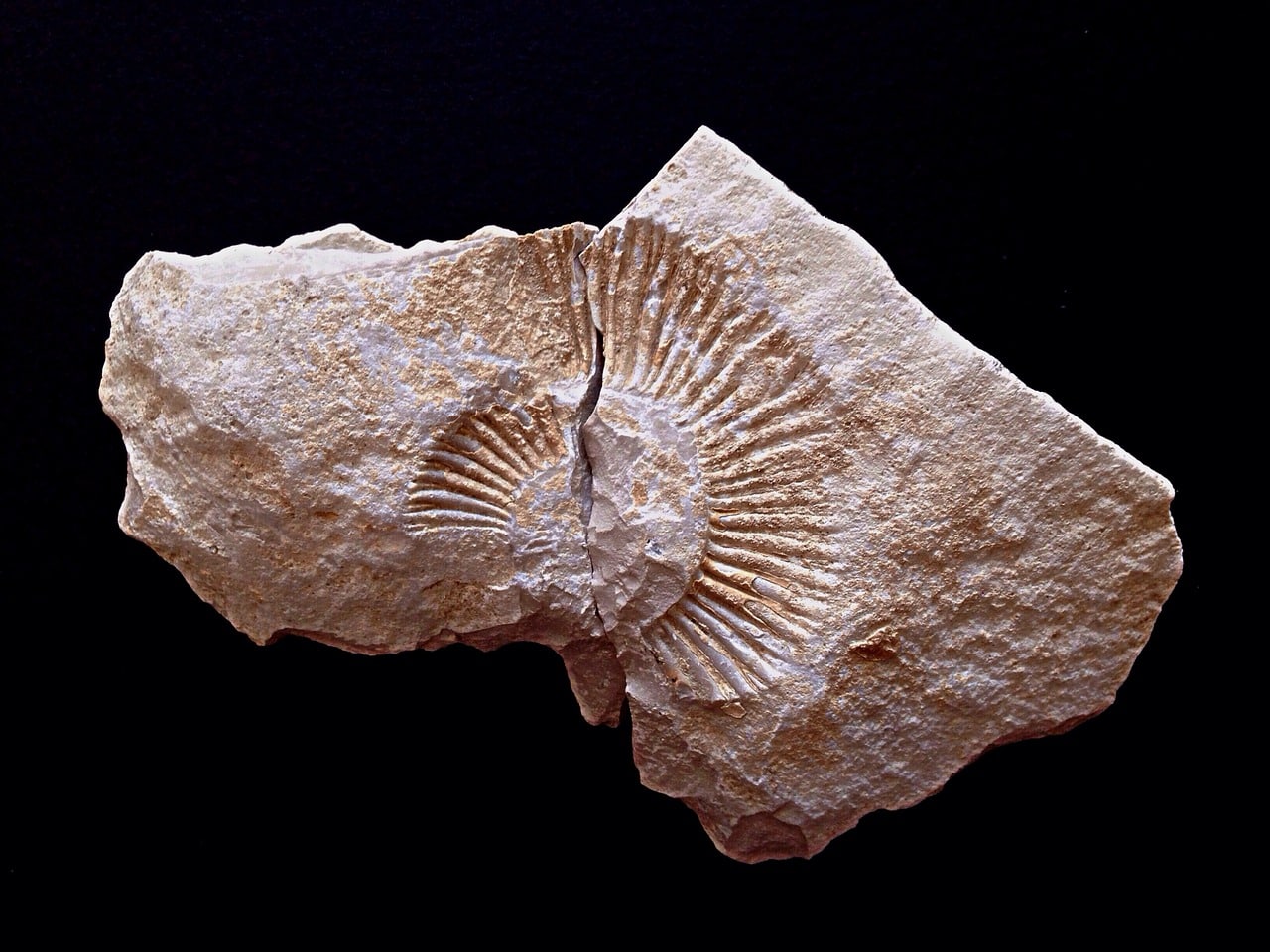
Among the easiest geological eras to recognize are the Paleozoic era and the Mesozoic era.
Geological era is a concept that arises from geochronology , the name of the science that deals with establishing the antiquity and chronological order of the geological episodes that have been recorded on Earth throughout history.
Within the geological time scale, each geological era is conceived as a geochronological unit . While experts in geochronology are in charge of defining continuous time intervals, those who are dedicated to chronostratigraphy (a discipline framed in stratigraphy , the name given to the part of geology that analyzes and interprets stratified igneous, metamorphic and sedimentary rocks) order stratigraphic units.
There are, therefore, equivalences between geochronological units and chronostratigraphic units. If in the first case we talk about an eon, for example, a parallel can be drawn with the so-called eonoteme . If you focus your attention on an era , meanwhile, there will be a temporal correspondence with the extension of an eratheme . The possibilities continue to find in a period the equivalent of the unit baptized as a system, while it is possible to draw a correlation between epoch and series. The same with the geochronological unit age and the chronosetratigraphic unit floor, and the time unit cron with respect to the chronozone.
Characteristics of each geological era
Knowing the characteristics of each geological era provides interesting data about how the planet we inhabit has been changing and evolving.
First of all, it is important to highlight that the durations of each of the geological eras vary greatly. There are, formally, a dozen recognized eras. Episodes of mass extinction, with notable transformations at the terrestrial, marine and climatic levels, have given rise to the end of one era and the beginning of another.
The first geological eras that have been identified and established fall within the Phanerozoic eon . Thus, the Paleozoic (at some point it was primary, segmented into the Cambrian , Ordovician , Silurian , Devonian , Carboniferous and Permian periods ), the Mesozoic (popularly called the age of the dinosaurs, with three divisions: the Triassic period, the Jurassic period and the the Cretaceous ) and the Cenozoic (in other times, the Tertiary era, in which the Paleogene period, the Neogene and the Quaternary period).
If we go back a long time in history and focus on the beginning of the formation of the Earth, in the phase identified as Precambrian , we can notice the particularities of the Hadean eon , which preceded the Archean eon . Then the Proterozoic eon unfolded.

The Mesozoic, also known as the age of the dinosaurs, is subdivided into the Triassic, Jurassic and Cretaceous periods.
Palaeogeography
Paleography is a great tool when it comes to learning and understanding what our planet used to be like. This name refers to the study of the geography of a certain geological time, although focused on plate tectonics .
In this framework, the oldest environments on the Earth's surface are analyzed at a geological level. Specialists in this discipline even dedicate themselves to examining the sedimentary conditions linked to fossils in order to obtain details about how now extinct species have developed evolutionarily.
Thanks to paleogeographic research, valuable and interesting data on continental drift have emerged, as well as knowledge linked to the format and latitudinal location of each supercontinent (such as Pangea and Rodinia ).
Related to paleogeography is the so-called paleoclimatology , an area dedicated to reconstructing each climate or environmental/atmospheric condition that has been imposed on the terrestrial environment over time. To obtain working material that provides information, part of the interior of a glacier is usually extracted and the erosion of the rocks is carefully observed, for example.

There are many varieties of fossils and they can be broadly classified as nanofossils, microfossils and megafossils.
Study and reconstruct geological eras
Studying and reconstructing geological eras has become an increasingly interesting challenge that, thanks to new technologies, is becoming a little easier. There are still mysteries, unknowns and questions to be resolved to have all the pieces of the puzzle and thus obtain a detailed and complete picture, but the investigations remain alive. It is exciting to look for answers about how different organisms have adapted to each geological era , in addition to being very enriching to establish how and why, unfortunately, mass extinctions or glaciations occurred. Devoting time and attention to the different types of fossils through paleontology contributes to incorporating knowledge.
According to science , for example, the activities of human beings have had (and still have) so much influence on the Earth that a new geological era was ushered in, called the Anthropocene or, in more informal and nearby, the Age of Humans. According to numerous scientists who have maintained for many seasons, the Holocene era has ended and we have moved on to an era marked by transformations derived from negative traces left by man as a species.
